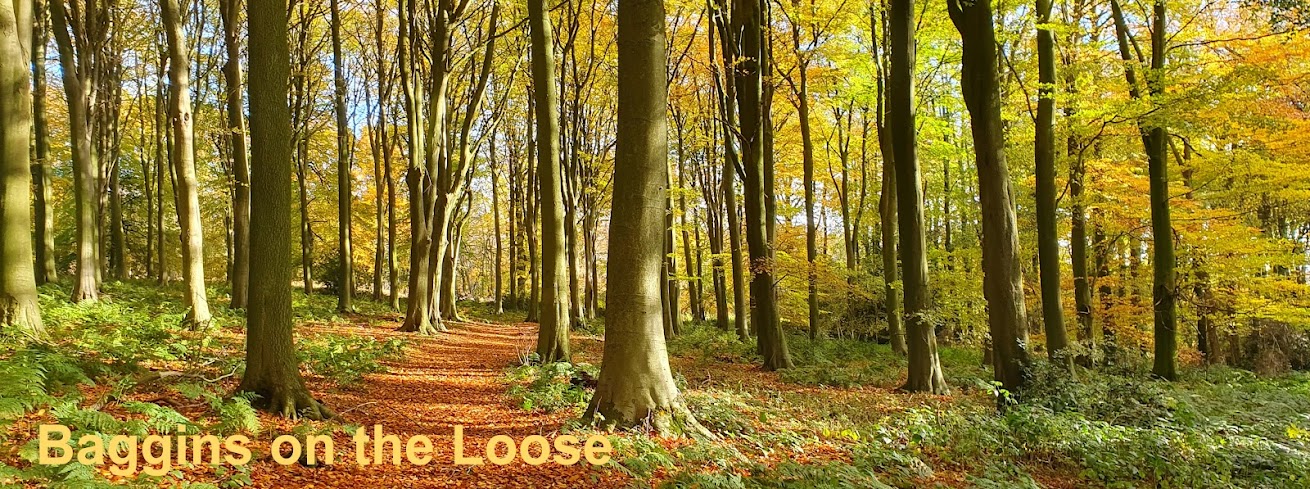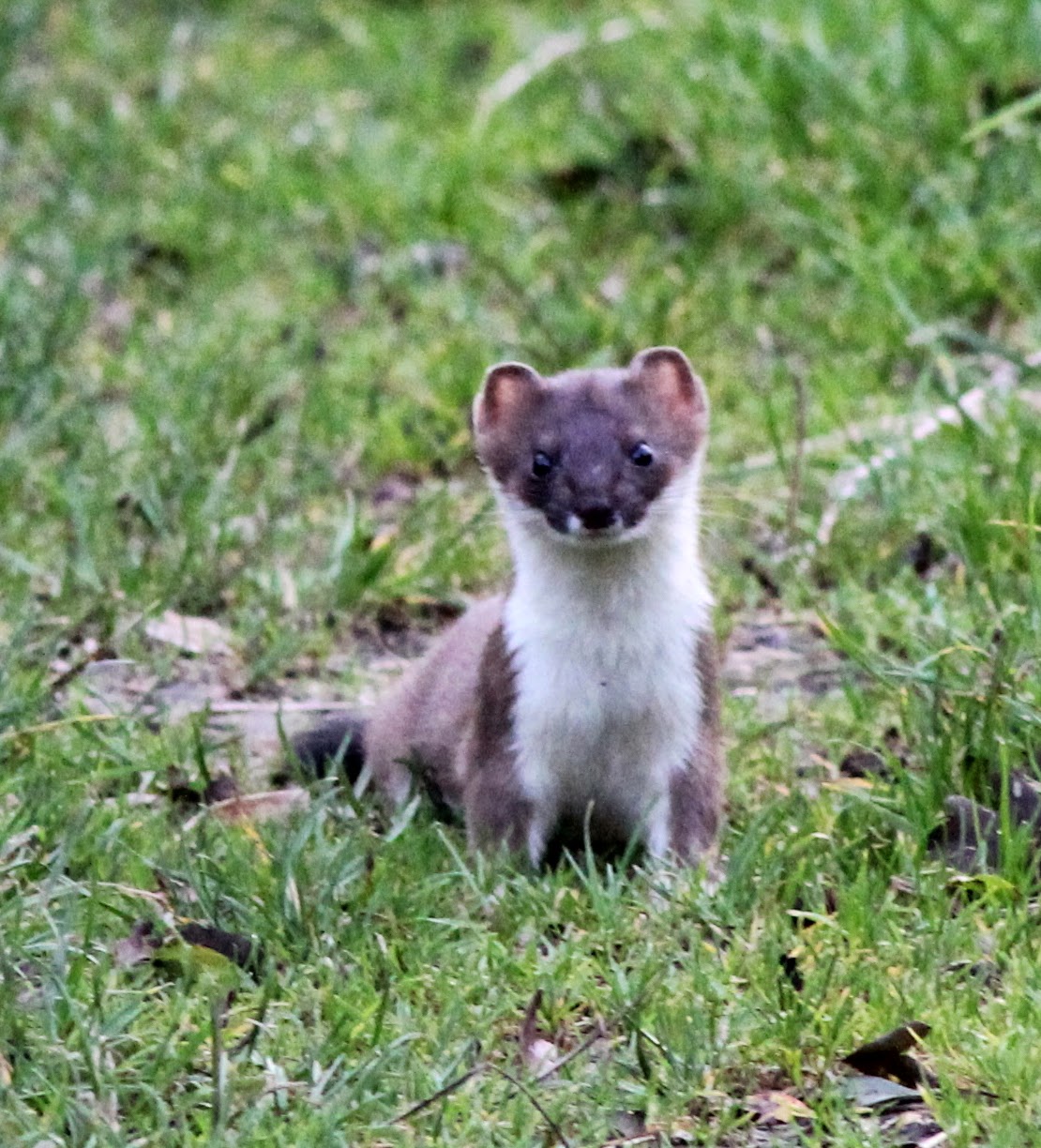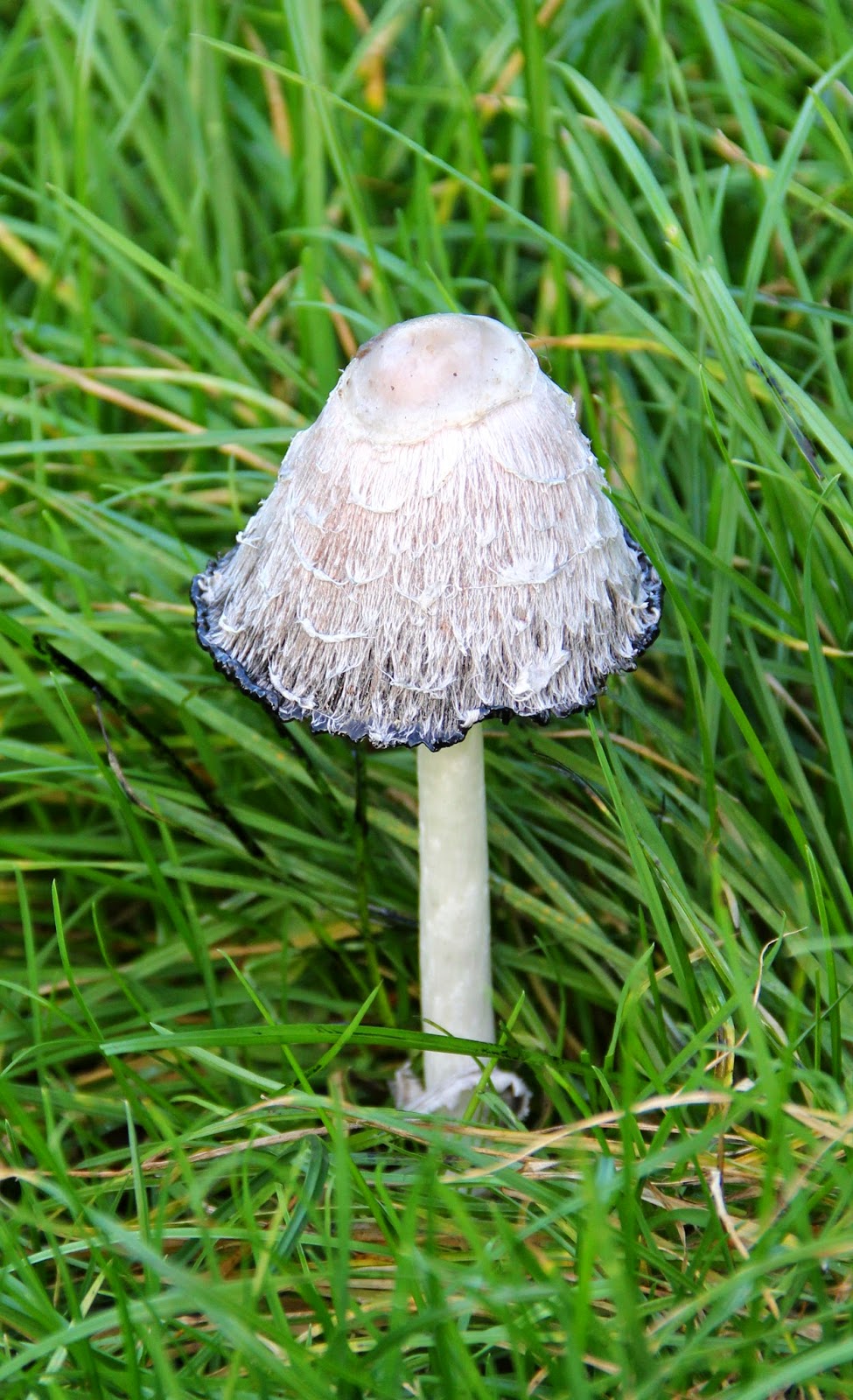I've always been semi fascinated by fungi but in common with 99% of us I know next to nothing about these curious fruiting bodies that appear in our woodlands and grasslands at this time of year. Steeped in folklore and for centuries believed to be of manifestations of evil, the truth is that without these fungal growths the majority of our trees and wild flowers could not thrive. So lets hear it for fascinating fungi!!
Here's a few I've seen recently at YWT reserve
Moorlands and been confident enough to identify.....
 |
| Glistening Inkcaps, Moorlands |
 |
| Fairy Inkcaps, Moorlands |
 |
| Clavulina Rugosa (Wrinkled Cub), Moorlands |
 |
| Ganoderma applanatum (Artists Fungi), Moorlands |
When I was in France, where it has to be said fungi, mushrooms or 'fets' as they call them over there are much more obvious, I was equally fascinated at around this time of year and can remember taking absolutely loads of pics of these fleshy forms, some of the like I've never seen since and of course have never got around to identifying ... here's a small selection of these delightful fleshy French fancies!
Some mushrooms and associated fungi are edible, some are not and some are downright poisonous so if in doubt just leave well alone. To my knowledge you can't do it here, but in France its part of a chemist's role to help out mushroom foragers by identifying the ones you can eat ... sound idea.

Back to the UK and a great little spot I've found on the
Yorkshire Wolds called
Cot Nab, a couple of valleys away from Great
Givendale. Impressive valleys and chalky hills are a feature of the Wolds but here there's also some decent and sizeable bits deciduous woodland that are otherwise in short supply.
Lots of
Pheasants (and I mean 100s) exploding out of the grass which I don't always like to see, not just because they're obviously being reared so a bit unnatural, but also because they make such a racket and scare many other birds away! This one must have injured itself somehow because it was just flapping around on the grass ....I couldn't deal with it but I have at least one mate who would have had it dispatched, plucked and in the pot in no time!
Returning to Fungi and this splendid thing is a Shaggy Inkcap and was all alone at the bottom of the valley ... very impressive and dare I say 'shagtastic'!
This is probably a very fresh
Bolbitius Titubans or
Yellow Fieldcap ... very small and unusual in colour.

..... and these tightly packed fruiting bodies are perhaps
Field Blewit?
As ever I welcome any comments so any fungi enthusiasts out there who want to put me right on any of my amateur identification skills are very welcome to tune in.























